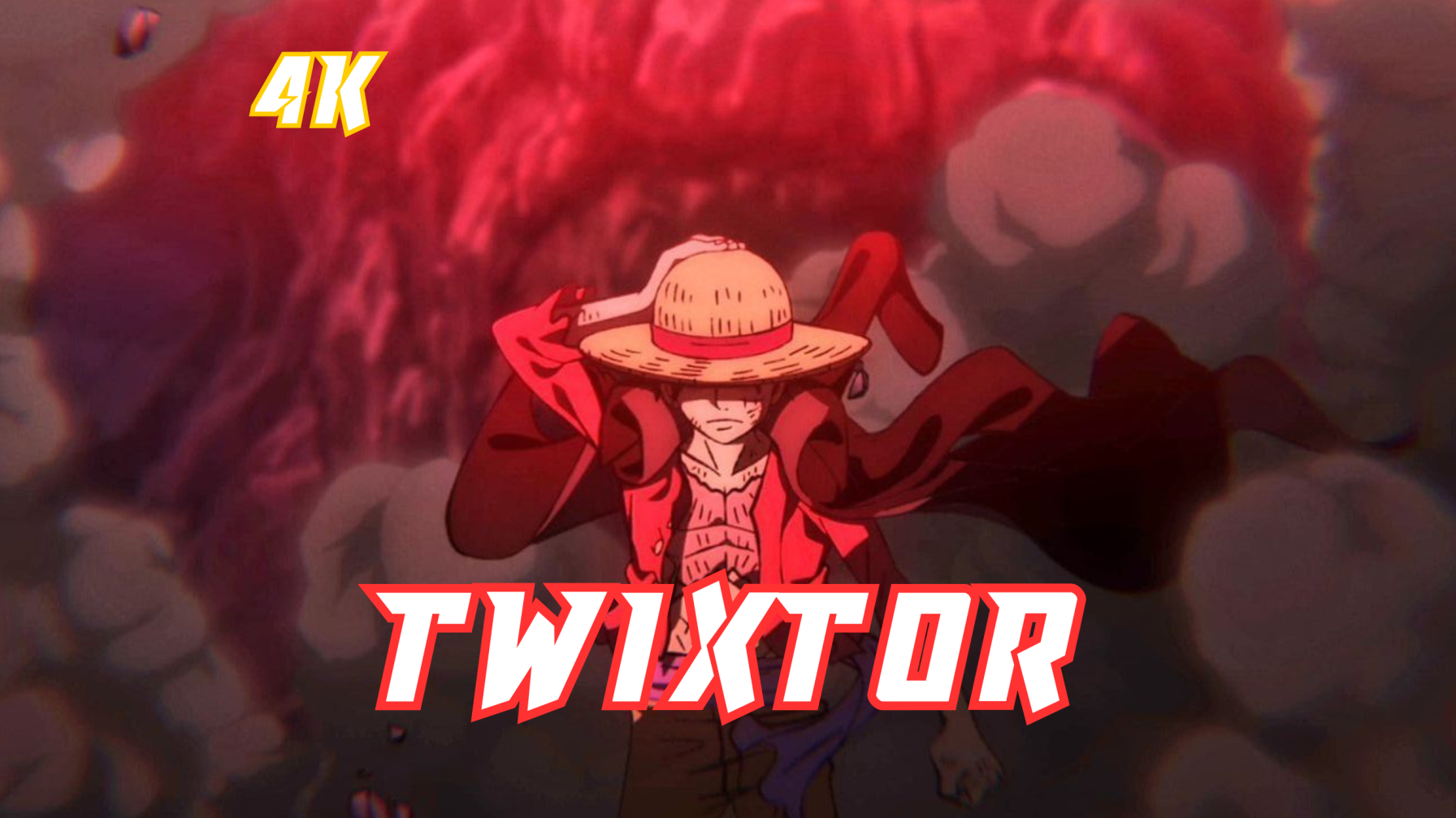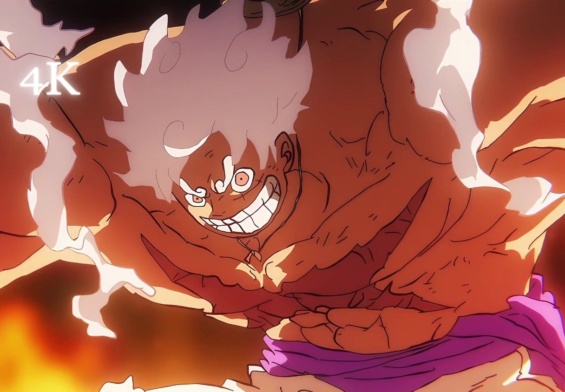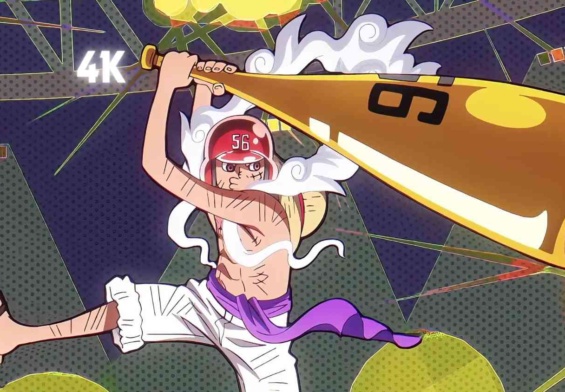^HD TWIXTOR CLIPS^
Download Anime Twixtor For Edits : https://hdtwixtor.com/popular-anime-clips/
Download Movies Twixtor For Edits : https://hdtwixtor.com/popular-movies-twixtor/
Subscribe To Youtube Channel For More Clips & Twixtors : https://www.youtube.com/@HDTwixtorClips
DM Me For Queries On My Instagram Handle : HD TWIXTOR
Luffy Slow Walk Twixtor
“Luffy Slow Walk Twixtor” refers to a stylized and cinematic edit of Monkey D. Luffy—the beloved protagonist of One Piece—using a powerful slow-motion effect called Twixtor. This kind of clip has become a viral trend among anime editors and fans, especially on platforms like YouTube, TikTok, and Instagram Reels. With its intense visual appeal and emotional impact, the Twixtor effect turns Luffy’s simple walking scenes into legendary moments, enhancing drama, tension, and character aura.
What Is Twixtor?
Twixtor is a popular video editing plugin known for its ability to create smooth, high-quality slow-motion by interpolating additional frames between existing ones. Luffy Slow Walk Twixtor Unlike basic slow-motion effects, Twixtor analyzes motion and morphs frames intelligently, giving scenes a silky-smooth, cinematic feel. It is widely used in sports replays, music videos, and now, anime edits.
In the case of Luffy’s slow walks, Twixtor brings out every micro-expression, movement, and aura with clarity—making the viewer feel every second of his stride.
Why Luffy’s Slow Walk Scenes Stand Out
Monkey D. Luffy is not just a fighter; he’s a leader, a brother, and the heart of the One Piece crew. He doesn’t need words to make a statement—his walk alone can shift the mood of an entire scene. Slow walk scenes in anime often symbolize power, confidence, and determination, and Luffy is the master of that energy.
Luffy Slow Walk Twixtor, When combined with Twixtor, his walks become something greater than just motion—they become moments of legend, showcasing his resolve, rising anger, or quiet pain.
Popular Moments Used in Luffy Twixtor Walk Edits
Here are some of the most iconic One Piece scenes used for Luffy slow walk Twixtor edits:
1. Luffy Arrives at Marineford
During the Marineford War, Luffy arrives to save his brother Ace. His slow walk through the battlefield—surrounded by chaos, admirals, and enemies—demonstrates raw determination. With Twixtor, this walk becomes even more powerful, highlighting the rising pressure, stakes, and Luffy’s fearless heart.
2. Luffy vs Katakuri (Mirror World Exit)
After an intense battle, Luffy walks out of the Mirror World, bruised but victorious. The slow walk here reflects growth, maturity, and respect earned from Katakuri. It’s one of the most powerful scenes showing Luffy not as a boy chasing dreams, but as a man walking toward destiny.
3. Enies Lobby – Declaration of War
Though not a traditional walk scene, when Luffy stands Luffy Slow Walk Twixtor on the battlefield after declaring war on the World Government by ordering the destruction of the flag, the dramatic energy is perfect for a Twixtor edit. A slow zoom-in or walking shot here symbolizes defiance and rebellion.
4. Wano Arc – Walking Toward Kaido
In the Wano arc, Luffy’s slow and deliberate walks toward Kaido—after witnessing friends fall or suffering injustice—are a display of quiet rage. When slowed down, viewers can feel every ounce of fury and leadership he carries as the future Pirate King.
5. Gear 5 Entrance (Latest Arcs)
With the reveal of Gear 5, Luffy’s aura changes entirely. Luffy Slow Walk Twixtor His confident walk as a godlike figure, paired with Twixtor and surreal color grading, creates an unforgettable visual. This walk now feels divine, untouchable, and comedic—yet overwhelming in power.
Luffy Slow Walk Twixtor
Slow motion in film and animation is often used to stretch time, build anticipation, or highlight emotion. When Luffy walks slowly, especially after major confrontations or during emotional climaxes, the slow pace commands attention.
Twixtor enhances this by maintaining visual clarity while making the scene feel like it’s suspended in time. The emotional impact is multiplied when you can focus on details: his clenched fists, his burning eyes, or his iconic straw hat blowing in the wind.
Technical Touches in Twixtor Luffy Edits
Luffy Slow Walk Twixtor :
- Use Twixtor Pro at 60FPS or higher for ultimate smoothness.
- Add motion blur and frame blending to create realism.
- Apply color grading—red for rage, dark tones for tension, golden hues for victory.
- Include cinematic soundtracks or effects like wind, fire crackling, or deep bass hits.
- Use transitions, particle overlays, and dramatic slow zooms to build emotion.
These effects, when combined with a well-chosen clip of Luffy walking, result in an edit that feels like it belongs in a movie trailer or final boss scene.
Why Fans Love These Edits
Luffy Twixtor slow walk edits go viral for a reason—they capture emotion without dialogue. They speak through expression, music, and movement. Fans feel inspired, energized, and emotionally connected, even if the clip lasts only 15 to 30 seconds.
It’s more than editing—it’s Luffy Slow Walk Twixtor storytelling through silence and stride.
Conclusion
“ Luffy Slow Walk Twixtor ” is a celebration of cinematic anime editing and character depth. These clips transform iconic Luffy moments into visual poetry—each frame dripping with tension, emotion, and swagger. With the power of Twixtor, a single walk becomes a symbol of resolve, leadership, and the soul of the Pirate King. Whether you’re an editor or a fan, these edits remind us why Luffy is not just a character—we walk with him, slowly, toward his legend.



